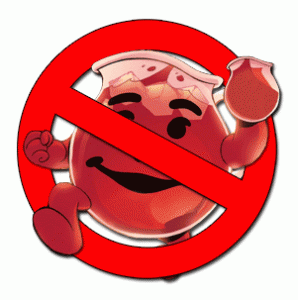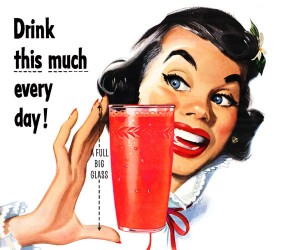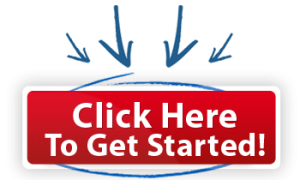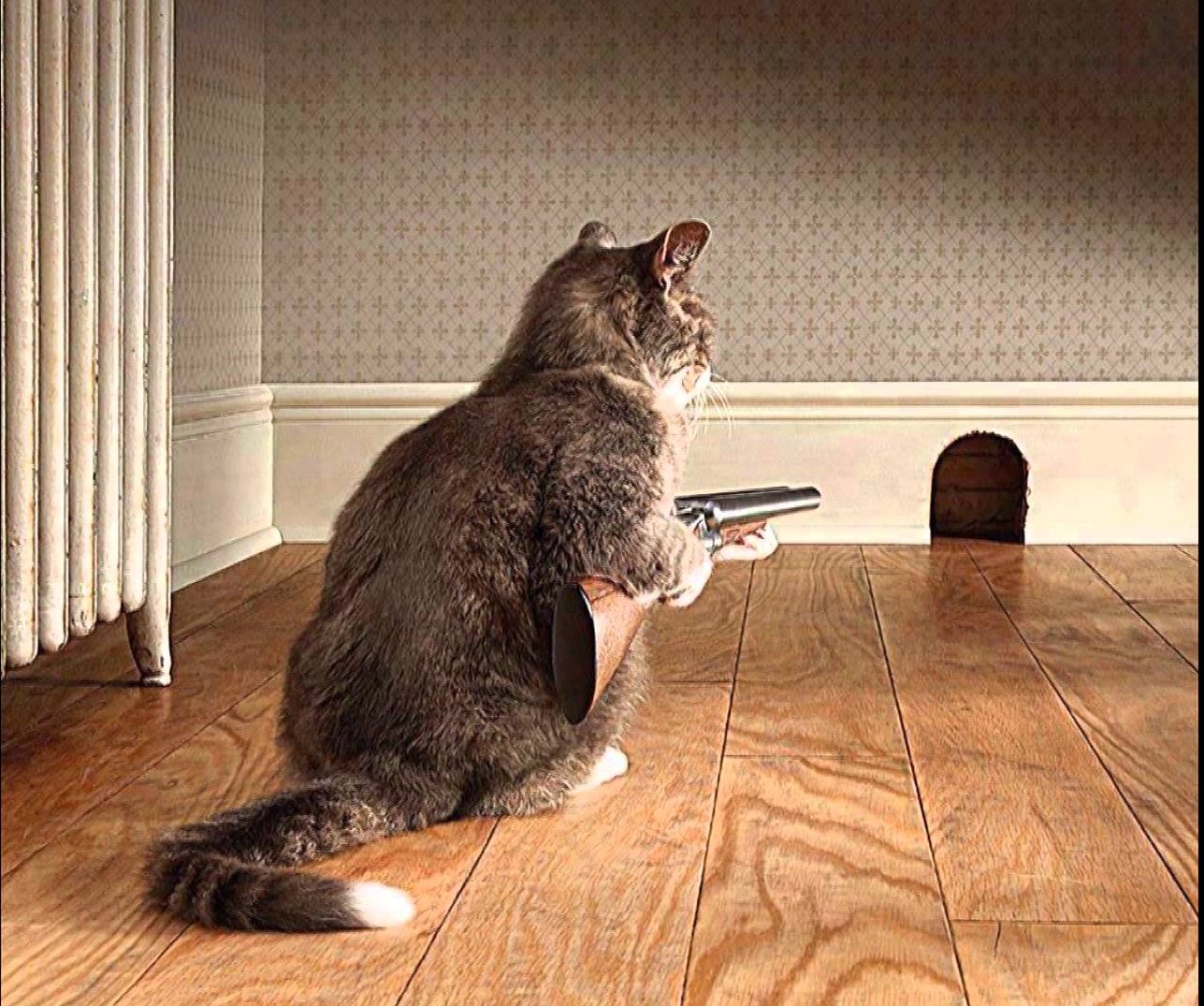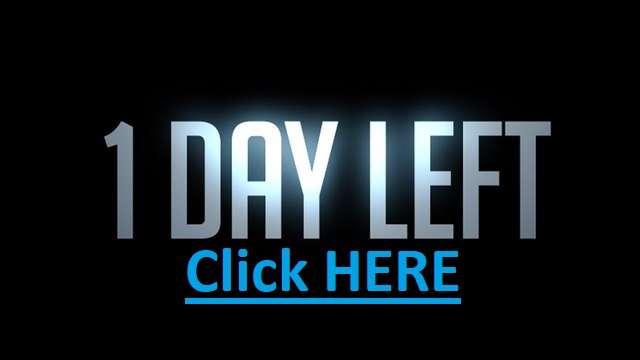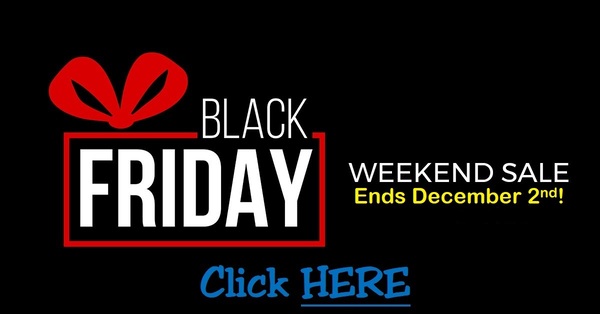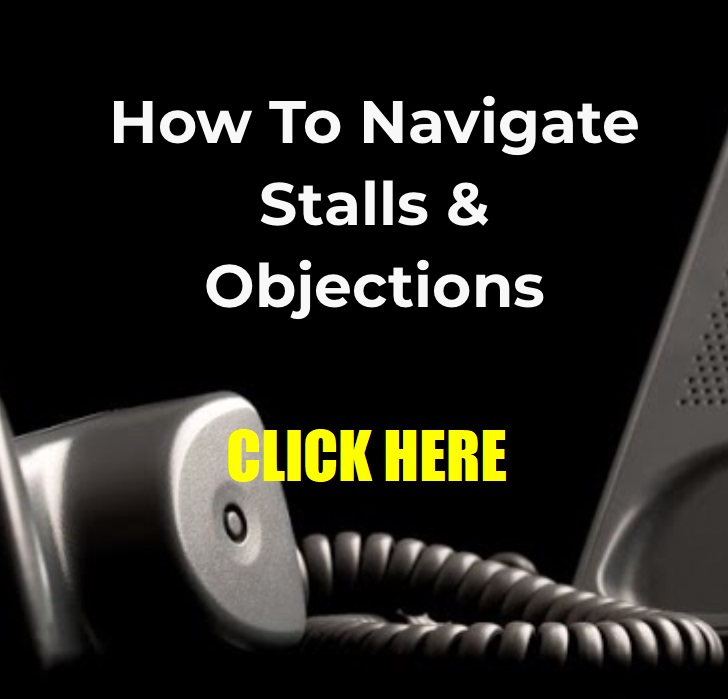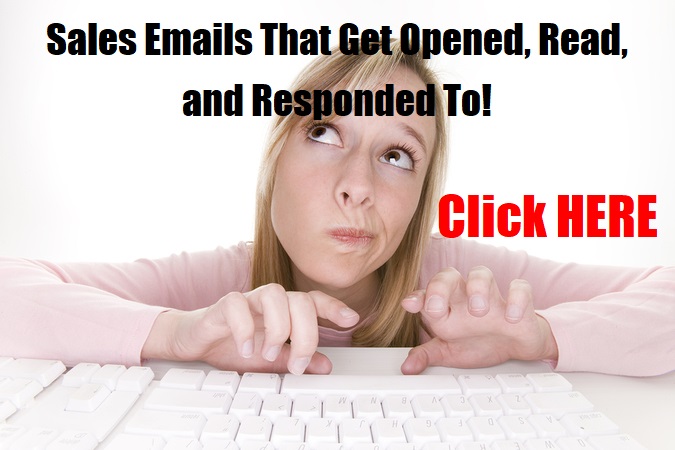Each day thousands of sales reps drink deep from their company’s rich well of corporate Kool Aid. I won’t lie to you, I too have emerged from many a company rah rah complete with Kool Aid mustache.
Worse yet, many of us have this false sense that our clients will willingly drink from our Kool Aid cup thus buying what we perceive to be a selling point.
Today’s post is all about avoiding some lethal yet typical mistakes.
Numero Uno: I almost want to put this first piece of advice face down on your desk and ask you to give me to the count of 5 to haul ass out of your office. It’s so damn “sales 101” that you’re gonna shake your head in disbelief. Stupid, basic sales advice coming at you in 3, 2, 1. . . Make sure whatever you say passes the “So what?” test. The problem with many of us is that we have discussed a selling point internally amongst other people sipping the Kool Aid. In our moment(s) of almost hypnotic, repetitious chanting of the “selling point”, a simple “so what?” would have brought us out of our Kool Aidogical stupor. Sometimes things just sound really good when we’re caught up in the moment but really don’t cut the mustard from a prospect’s perspective.
Example: I did a project for a security company a few years back and their main selling point was talking about their fleet of cars. To this day, I have no clue how that kept their clients safe, what problem those stupid cars solved, opportunities it helped clients embraced etc. Maybe the cars were like some kind of transformers that could vaporize the piss out of someone trying to rob a facility. To this day, I ponder that very thought but I digress!
Oh, and that reminds me. In addition to “So what?” ask yourself:
What problems does this solve?
What opportunities does it help embrace?
How can I proactively prove my claim through the use of evidence? (Demonstration, Exhibit, Facts, Examples, Analogies, Testimonials, Statistics) I have an entire post on this here
Why are we saying what we are saying?
Could it be, that we all have just gotten comfortable with what we are saying and its time to say something else?
Is there something better or stronger we should be discussing?
And for ultimate Jedi Mastery (careful young Padewons) How can I make the intangible aspects of what I offer tangible? For example: If you have ridiculous quality control . . . what does that look like? How can you flesh that out? How can you package that with power phrases that will make the prospect acknowledge that the force is in fact strong with you and your competitor sucks?
And finally, as part of the “So what?” test, understand that even (what we perceive as) the most compelling selling point, may fail to induce even an enthusiastic yawn from a prospect.
Numero Freakin Two: Failure to connect the dots for the prospect. This is by far one of the biggest screw ups that I have seen countless reps have to hang their head in shame for committing. Failure to connect the dots is when you make a statement and fail to explain why that’s important to the prospect. The problem occurs because we are so used to discussing the selling point internally (and gaining immediate acceptance) that we, in essence become lazy. Actually, lazy is the wrong word and I’m too lazy to delete it (my blog, my rules) what I meant to say is that we give our prospect an intellectual promotion and expect them to immediately connect the dots.
That is a risk that quite frankly, is hazardous to the sale’s health!
Example: In the printing industry people love to drop the “S” Bomb. The “S” bomb is of course Sustainability. We drop that damn phrase so often that I can’t help but think most will think “Oh, yea, hug a tree. Right?” In the printing industry, we love talking about sustainability. In our secret printer’s circles, we all two fist that Kool Aid. Why would we expect everyone else to really understand the total concept of sustainability? Perhaps if we connect the dots for the prospect we could talk about marketing opportunities one can leverage as well as the impending screw you that a concept called “chain of custody” wields.
That conversation is a tad more compelling than a tired phrase of “We’re a green printer”
And this is way beyond the old “features and benefits” thing. I’m talking about creating a dialogue where a client or prospect completely owns what you are saying.
Three’s A Charm: The only thing worse than us drinking that Kool Aid is when someone laces it with clichés!
You know: We’re a “full service” widget company. Can someone please riddle me just what in the heck “full service” is? Does that mean uniformed service men check my oil, wash my windshield and check the air in my tires?
“Robust “. . . I think of something smelly (like the sneak farters on the flight I took from Houston last week)
“Comprehensive”: I think of nothing because my eyes are glazing over
“A-Z” . . . What if my budget and or needs only call for an “A to M” ? Am I screwed?
“We are the premier widget manufacturer” Seriously bro’ . . . who talks like that? And I’m Paul Castain, the premiere sales blogger. Way to get dicky on a sales call!
Anyway, I could seriously go on and on about this business of Kool Aid consumption.
Today, you are cordially invited to free yourself from “corporate speak” and bring some creativity and individually into your presentations.
One last thing.
And I want you to really think about this.
What can you say . . .
First
Better or
Exclusively
That’s another way for you to rid yourself of the Kool Aid and get on with the business of being more compelling.
Until then . . . stay thirsty my friends!
To check out my ridiculously cool Linkedin group click on the rock star ![]()
